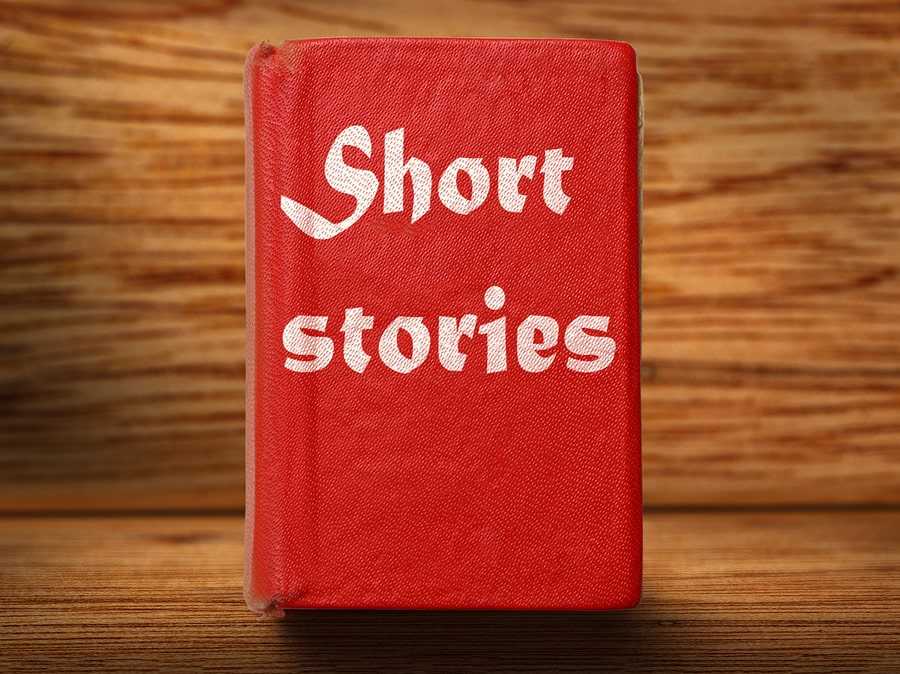
The journey of crafting a short story is as diverse as the stories themselves. While some writers prefer to start at the beginning and progress linearly, others find inspiration by beginning at the end or even in the middle of their narrative canvas. But does this unconventional approach truly yield better results, and how can it benefit your creative process?
Here’s why starting at the end or diving into the middle of writing various scenes first can be an effective technique in short story creation:
- Unveiling the Destination: Starting at the end of your story allows you to envision the destination before embarking on the journey. By knowing where your narrative is headed, you can craft scenes, characters, and conflicts that organically lead towards that pivotal conclusion. This approach provides a clear sense of purpose and direction from the outset.
- Embracing Nonlinear Storytelling: Short stories, by their very nature, offer flexibility in structure and narrative flow. Beginning in the middle or at the end empowers you to explore nonlinear storytelling techniques, weaving intricate threads of plot and character dynamics that captivate and intrigue readers. Embrace the freedom to defy conventions and experiment with unconventional narrative structures.
- Fueling Creative Momentum: Sometimes, inspiration strikes in the midst of chaos. Starting with a climactic scene or a pivotal moment ignites the creative spark, propelling you forward with newfound momentum and enthusiasm. As you flesh out the details leading up to and stemming from that critical juncture, your story gains depth, resonance, and emotional impact.
- Focusing on Key Themes and Motifs: Beginning with the end in mind allows you to hone in on key themes, motifs, and character arcs that resonate throughout your narrative. Each scene and character interaction serves a purpose, contributing to the overarching tapestry of your story and reinforcing its central themes. This focused approach ensures narrative cohesion and depth of meaning.
- Maintaining Flexibility and Fluidity: Writing is an iterative process, often marked by twists and turns that defy initial expectations. Starting at the end or in the middle grants you the flexibility to adapt and evolve your story organically as new ideas emerge and characters assert their voices. Embrace the fluidity of the creative process, allowing your story to grow and evolve with each word you write.
While starting at the end or diving into the middle of writing various scenes first may not be the conventional approach, it offers a refreshing perspective on the art of short story creation. Embrace the journey of discovery, follow your creative instincts, and let your narrative unfold in ways that surprise and delight both you and your readers.
So, dare to begin at the end, embrace the beauty of nonlinear storytelling, and watch as your short stories come to life in ways you never imagined possible.


